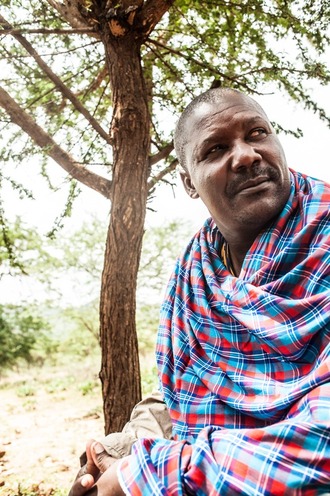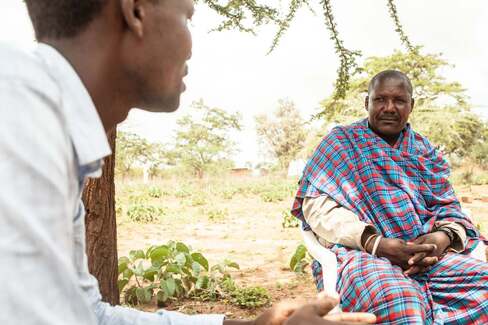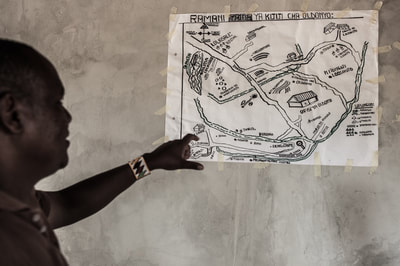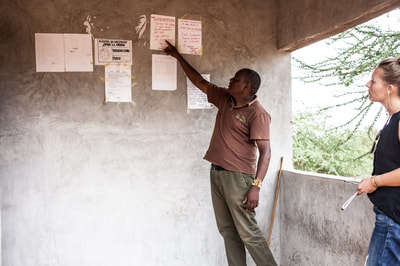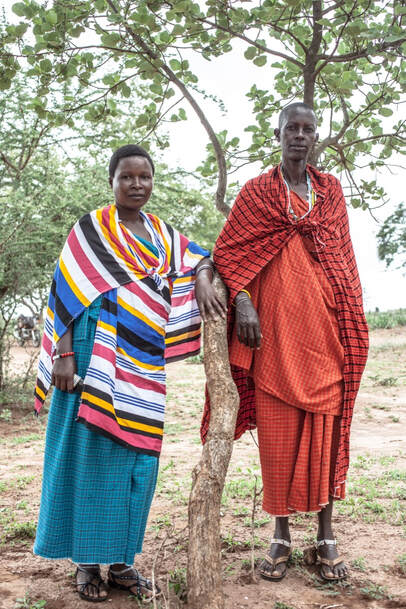Starting from scratch: Oldonyo Village - Monduli
So often development workers within Maasai communities cite intransigent patriarchal attitudes as barriers to gender equality and progress. In northern Tanzania's Monduli district, one Maasai community is defying this adage and re-defining cultural dynamics in the most unique way- starting from scratch.
The village of Oldonyo in Monduli District looks well-established. The local governance buildings are well-kept permanent structures, the roads are maintained and signposted, and local homes look established and settled. You would never guess that this village has technically only existed for just over two years. In truth, while people have inhabited the area for many years, the actual village of Oldonyo is a newly formed one. Initially a sub-village of Lokisale, in recent years the area population expanded so greatly that by 2014 the community justified recognition as a village in its own right.
Formal recognition of new villages is not uncommon in this part of Tanzania. What makes Oldonyo unique however, is the fascinating approach taken by the local community in establishing their independence.
So often development workers within Maasai communities cite intransigent patriarchal attitudes as barriers to gender equality and progress. In northern Tanzania's Monduli district, one Maasai community is defying this adage and re-defining cultural dynamics in the most unique way- starting from scratch.
The village of Oldonyo in Monduli District looks well-established. The local governance buildings are well-kept permanent structures, the roads are maintained and signposted, and local homes look established and settled. You would never guess that this village has technically only existed for just over two years. In truth, while people have inhabited the area for many years, the actual village of Oldonyo is a newly formed one. Initially a sub-village of Lokisale, in recent years the area population expanded so greatly that by 2014 the community justified recognition as a village in its own right.
Formal recognition of new villages is not uncommon in this part of Tanzania. What makes Oldonyo unique however, is the fascinating approach taken by the local community in establishing their independence.
